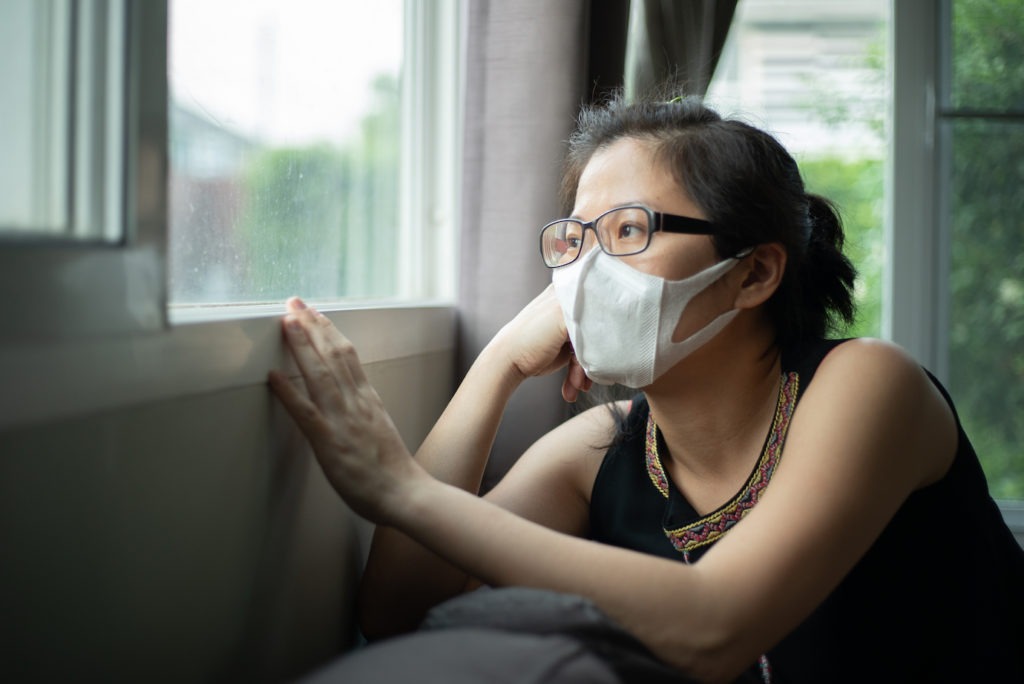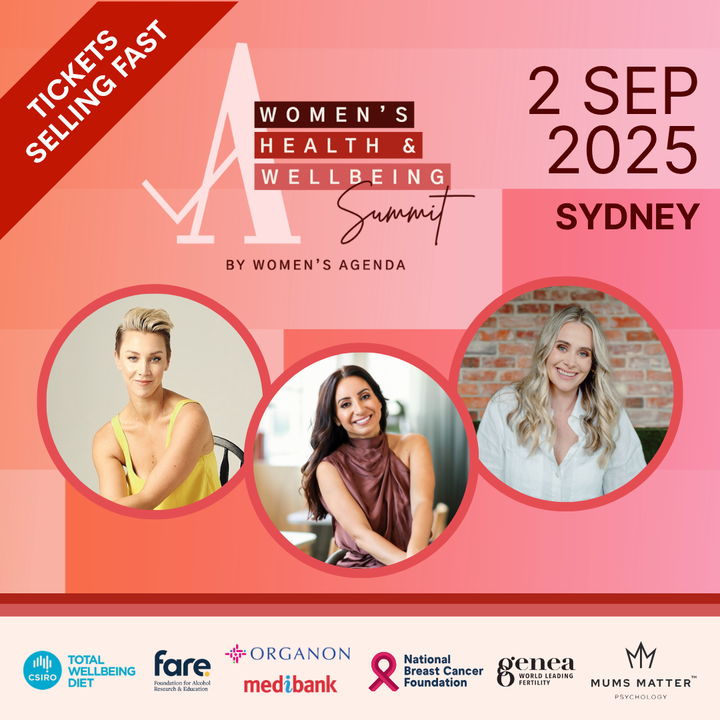Sydney is in its second city-wide lockdown, and just like the first wave of Covid, there is always someone to blame.
The first wave of Covid saw the blame shift to the global Asian community and violent crimes against them demonstrated an underbelly of hate, xenophobia, scapegoating and scare-mongering.
This time round, we are experiencing a troubling double blow: Racism and classism. The divide couldn’t be more obvious. In the weeks where numbers were rising in Sydney’s Eastern suburbs, we saw a compassionate government, which encouraged communities all over Sydney to work together, a nod to Australia’s famous mateship culture. We were “in this together” and the fight to restrain the spread of the more contagious strain was difficult, but hopeful.
However, when the numbers turned to South-West Sydney, the narrative changed.
The Premier of New South Wales, Gladys Berejiklian turned on the ethnic, working-class community in South-West Sydney, and brought the racist and classist discourse with her. In the last week, South-West Sydney has seen an increase in police presence and the authoritarian attitude enforced on the community. Police have been sent into our streets on their horses, riding in to symbolise crowd control and dominance, hammering down on anyone outside without a “valid” excuse.
This is not new in this country. Since the establishment of Australia as a country, our culture has idolised bushrangers, colonisers, and the rebels as heroes, legends, movie-inspired stories. But for those who had equally or even more triumphant and challenging stories, the colour of their skin would determine whether they would be deemed a hero or a danger to Australian society.
This rhetoric has been carried on in the differing ways we have treated the east and the west. Despite the virus circling the Bondi community and cluttering surrounding suburbs, people living in the East were heroes– brave and resilient. Despite their lack of consideration for the wider Australian community, their lack of care for the vulnerable, and their immense privilege in being able to still continue with their lives in an inside setting, the complaining, the conspiracy theories and the aggression grew in the East.
Yet the blame game shifted to the West, where the resources were low and social standing was limited.
I was born in Cabramatta, a predominantly Vietnamese, working-class, refugee background community in South-West Sydney. I grew up and went to school in Smithfield, a small suburb within the boundaries of the City of Fairfield. “The area” as we refer to it, is predominantly made up of ethnic, immigrant, working-class families, of many different languages and cultures.
ABS data on South West Sydney shows that more than 50 percent of people living in the area work in manufacturing, construction, retail trade, transport and warehousing, health care, and social assistance. Yet when vaccine rollout began, many of the essential workers in South-West Sydney were left behind. And now, those are the people who are deemed responsible that the virus has gotten out of hand.
The decision to enforce mandatory testing every three days for all Fairfield residents who are essential workers saw a disruption in the community. Within two days, multiple testing sites surfaced around the area, causing traffic to build up, and those who actually had symptoms to wait hours for their simple test.
The separation of Fairfield City to the rest of Sydney reminded me of the Dome that was placed around Springfield in the Simpsons Movie. It’s ironic because the Simpsons have a history of predicting world events, but I never thought it would come to a time when I would actually see it happening in my own area. The invisible wall placed around our area to lock people in, and to punish those going out making a living, caused panic and frustration and left us feeling suffocated.
This is as much a class divide as anything else. We are seeing the Delta strain spreading, because we have an elite who can avoid the virus from behind a laptop while working from home and a working class who can’t.
In South-West Sydney, we are more frustrated by the police and the consequences of the government policies in punishing our people than of the actual virus itself. You step outside your door just to walk into a street full of cop cars, and the sky above you covered by hovering helicopters. It really does feel like a prison.
Meanwhile, Scots College has allowed their students to travel to regional NSW for an annual six-month stay at an outdoor education campus. While students in South-West Sydney and their families must adjust to the changes to their education, with the little resources they already have.
The wall around Fairfield City came as a slap in the face, made worse by the fact that no additional resources were brought forward to make the transition smoother. After English, our community is made up of Arabic, Cantonese and the Vietnamese language. However, we are receiving the government messages in a delayed time, as resources for language translations are still not available. Instead, our parents and elders rely on the translations of volunteers, filling in the gap left by the NSW government.
Our people do have big families, we have big cultures, and we have big communities. But we have always done the right thing. Are we guilty for doing all we can to make ends meet? To pick up jobs that are unable to be done behind a computer? To take care of our elderly parents/grandparents? To open up shop? To get up earlier than the sun and go home later than the moon?
It’s been ingrained in my mind my whole life how lucky I am to have been born in a first world country, to have access to medical resources and vaccines, to have the government work for ME. Yet I’ve never been able to ignore the divide and the wall placed between the west to the rest of Sydney. My community has a complex history, but we work, vote, pay our taxes and are just trying to survive. But how will we survive the big, bad eyes of racism and classism?


